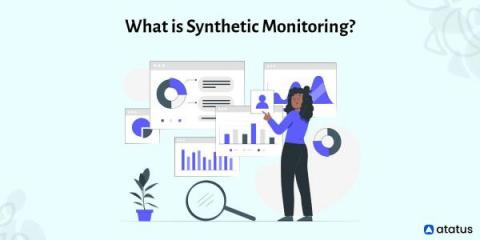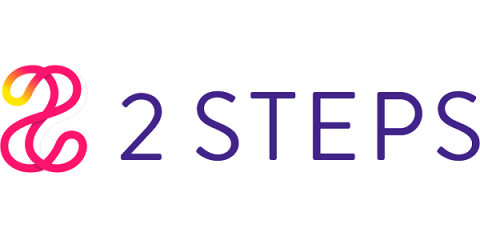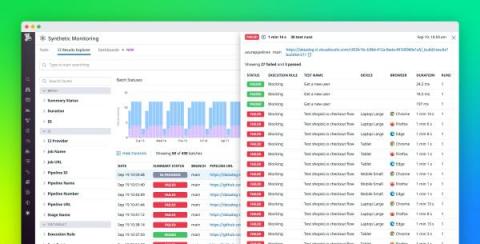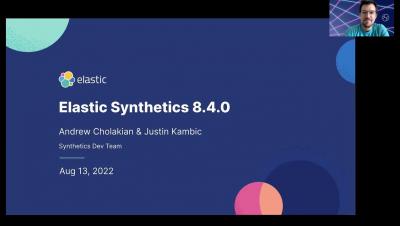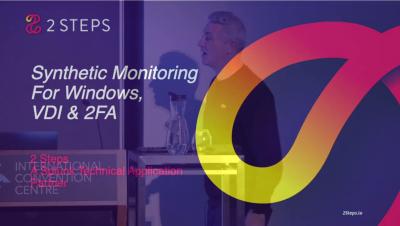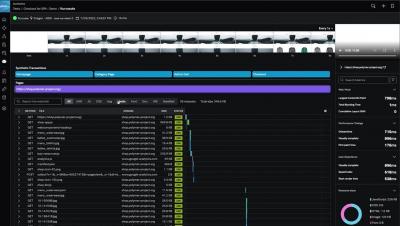What is Synthetic Monitoring?
No matter your business's sector or size, you probably depend on your websites, web applications, APIs, and complete IT infrastructure to be functional, available, and provide users with a pleasant experience. However, we are aware that websites and applications cannot just be set up and left alone.


